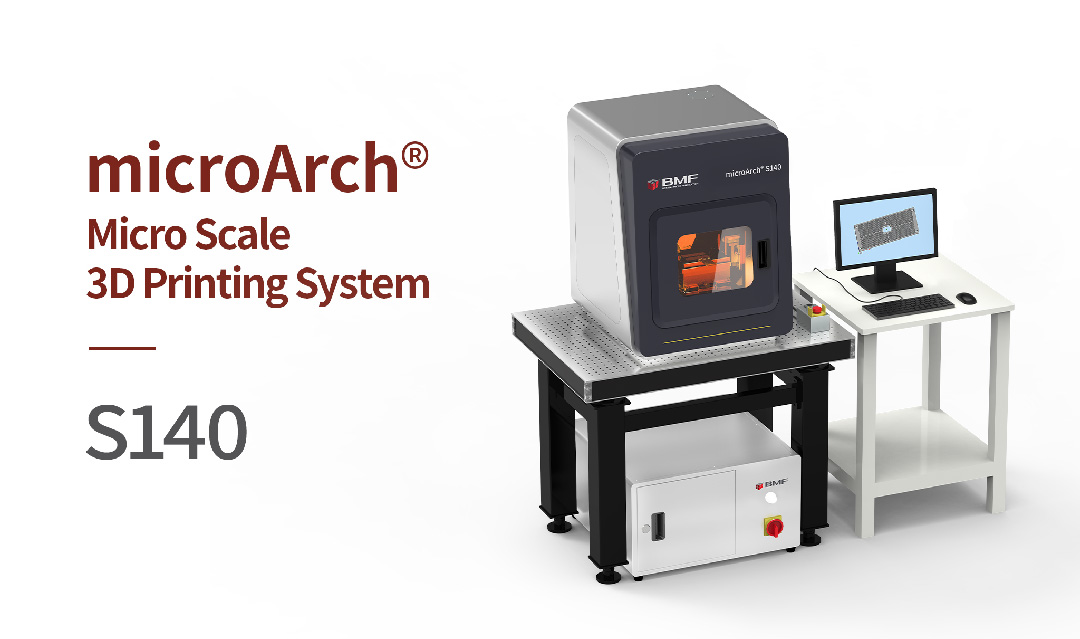Bionics and Mechanics metamaterials are two scientific research fields where 3D printing is driving innovation, and BMF’s technology is uniquely suited to print micro-precision parts that many educational research institutes require. Especially in the field of mechanics metamaterials, the application of 3D printing technology has rapidly transitioned from conceptual design to physical manufacturing, providing researchers with unprecedented design freedom and manufacturing precision. Recently, a research team from the University of Hong Kong has made a remarkable achievement in this area. They used Projection Micro Stereolithography (PμSL) 3D printing technology developed by BMF and successfully fabricated a novel type of bio-inspired mechanical metamaterial. This work was recognized in the academic community, and its results, “Heterostructured mechanical metamaterials inspired by the shell of Strombus gigas,” was also published in the top journal Journal of the Mechanics and Physics of Solids in the field of solid mechanics.
Biological Inspiration for Innovative Design
Nature provides endless inspiration, and the structure of the queen conch shell is a perfect example. Its internal crossed-lamellar structure not only demonstrates exceptional strength and toughness, but also achieves excellent performance under high mineralization by effectively controlling the evolution of cracks and localized deformations. Researchers studied this natural phenomenon in depth and designed a metamaterial with similar structural characteristics to this inspiration.
The Crucial Role of PμSL 3D Printing Technology
BMF’s PμSL 3D printing technology played a vital role in this research. Using BMF’s 10μm precision (microArch® S140), researchers accurately replicated and reproduced the complex microstructure of the shell. With the PμSL technology, researchers were able to construct a metamaterial with multi-level structural features, extending from basic units to the entire metamaterial body, ultimately forming a new material with significantly enhanced mechanical properties.

Significant Enhancement in Mechanical Properties
Experimental results show that the bio-inspired metamaterial with a crossed-lamellar design exhibits significant improvements in mechanical properties in compression tests. For instance, the modulus, yield strength, flow stress, and specific energy absorption of the six-layer structure (Hex) sample are significantly improved compared to the single-layer structure (Mono) sample. These enhancements are attributed to the staggered distribution and spatial domain limitation of internal shear bands, which are precisely controlled through 3D printing technology.

The application of BMF’s PμSL 3D printing technology in the field of mechanical metamaterials demonstrates the immense potential of 3D printing technology in promoting scientific development and technological innovation. With BMF, very small features with high resolution can be printed. It is foreseeable that 3D printing technology will bring more exciting breakthroughs and applications in the future.
For more info:
https://doi.org/10.1016/j.jmps.2024.105658
If you share the same anticipation as ours and hope to continually progress on the journey of scientific exploration, please contact us.

